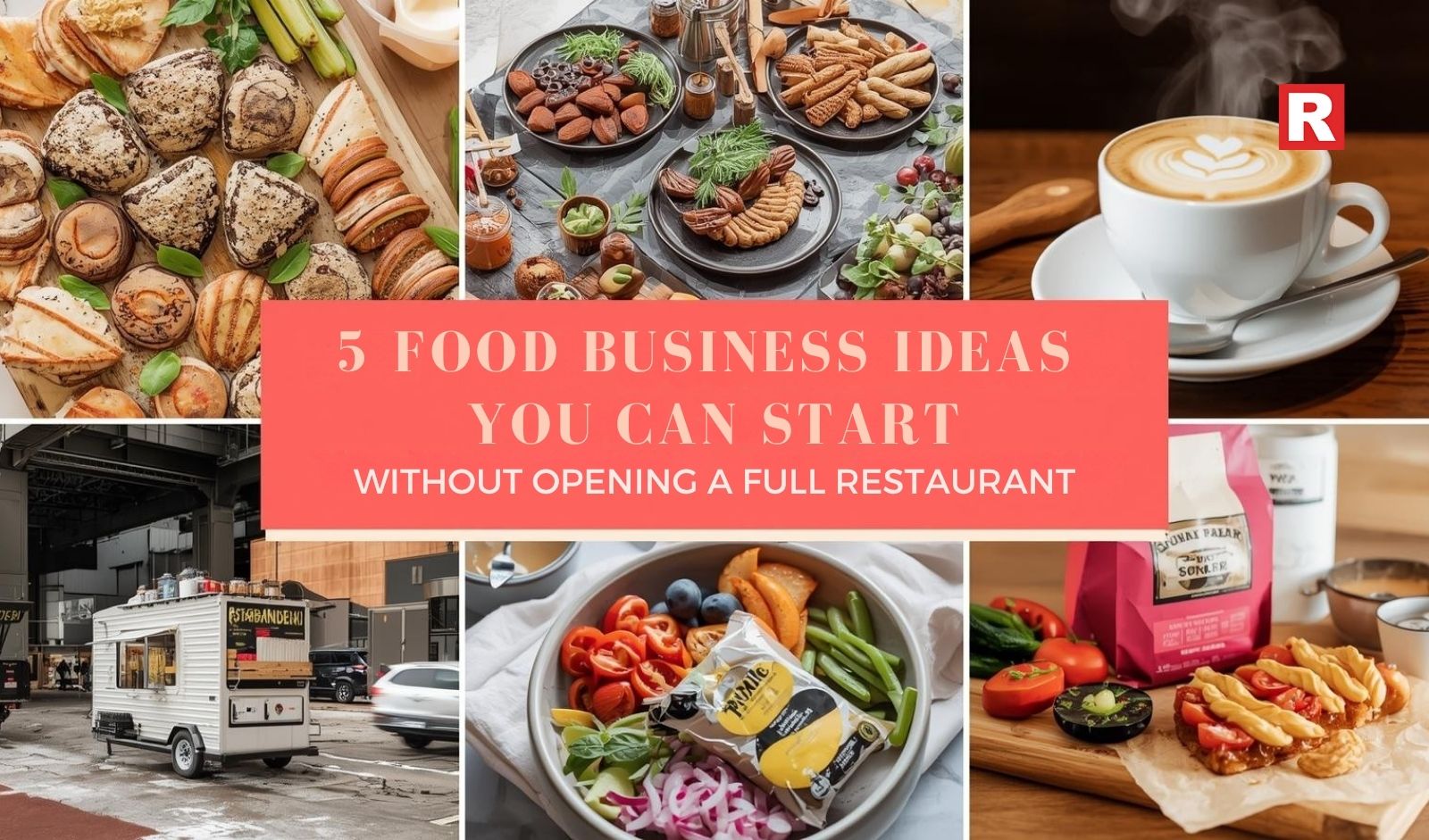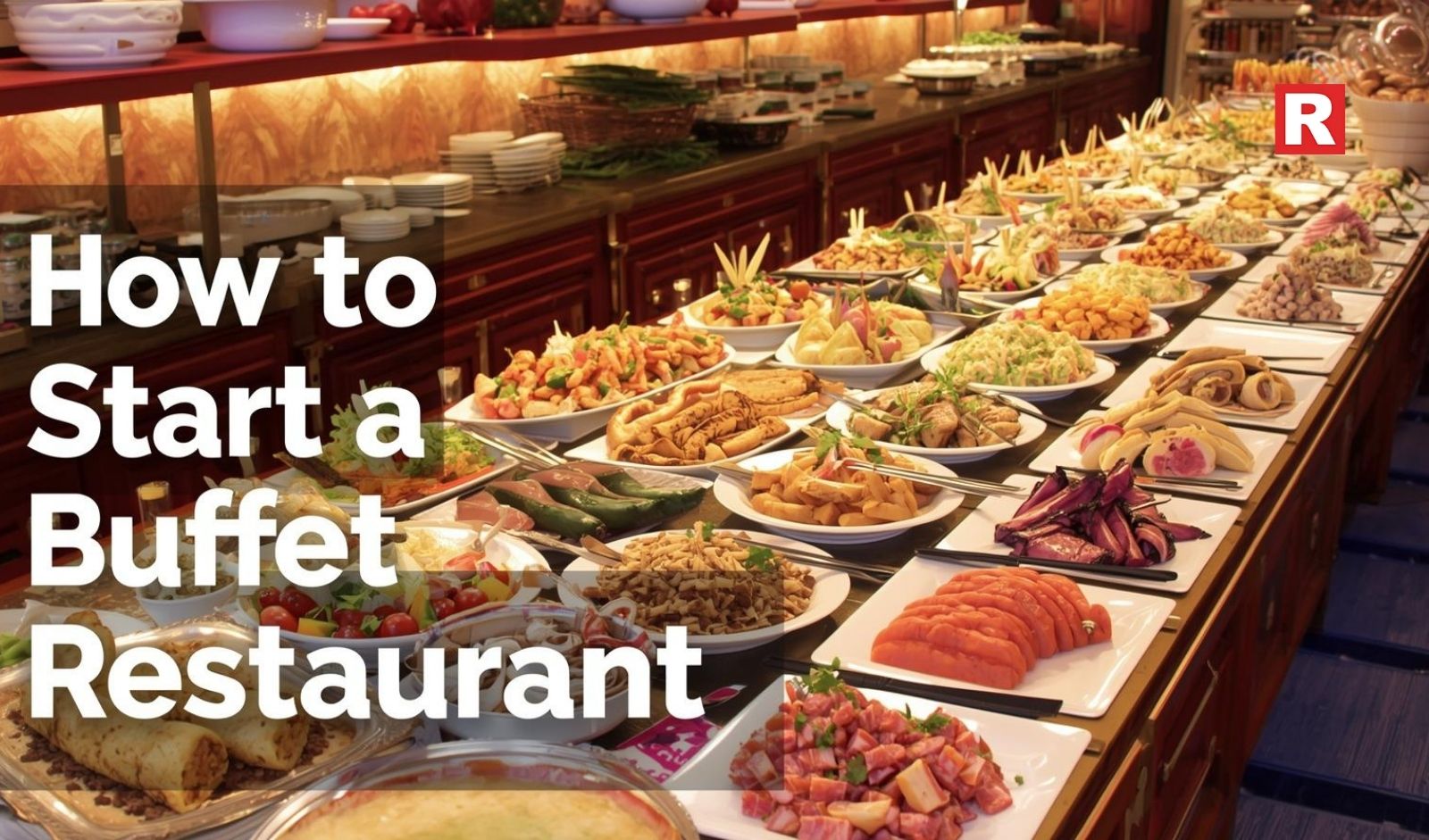In the world of international cuisine, the Michelin Star is undoubtedly the most sought-after and admired award that can sometimes be misunderstood.…
Many food dishes may look naturally vibrant, but sometimes they need a little bit of food coloring to get their delicious look. This is where food…
In the competitive Indian Restaurant Sector, solely relying on walk-ins and delivery apps is no longer enough to connect to customers. Therefore, to…
Relying solely on the festive rush to generate more revenue is not a good business strategy. Restaurants need to know how to attract customers beyond…
The Food Business Industry in India is growing bigger day by day. This has given rise to several new restaurants popping up every day. But let’s be…
Calling Karwa Chauth an emotion rather than merely a day would not be any kind of overstatement. This day is celebrated by many couples throughout…
When a cricket match or tournament happens, the whole country comes together and holds its breath with every ball bowled. For most people, it is game…
A burger can be a side dish or a full meal. Its easy portability also makes it a good fast food you can eat anywhere. Not to mention the different…
Buffets are a mainstay of Indian hospitality and are a symbol of abundance at event spaces, upscale hotels, and sizable corporate canteens. But this…
The performance of your staff at the buffet has a direct influence on customer satisfaction, online reviews, and, eventually, the bottom line of your…
A restaurant lease is more complicated than a typical office or retail lease since it must deal with expensive infrastructure requirements (gas,…
Dussehra offers restaurants a fantastic opportunity that goes much beyond simply serving a festive dinner. It's an opportunity to draw in a…
There is no denying the appeal of buffet restaurants in India. For a set fee, customers can try several cuisines, choose from a wide variety of meals…
The buffet emerges as the definitive, ideal culinary solution for the vast majority of Indian corporate gatherings, from high-stakes conferences to…

Whether they're a business delegate, a wedding guest, or a high-end leisure traveler, today's demanding Indian customer wants an experience…
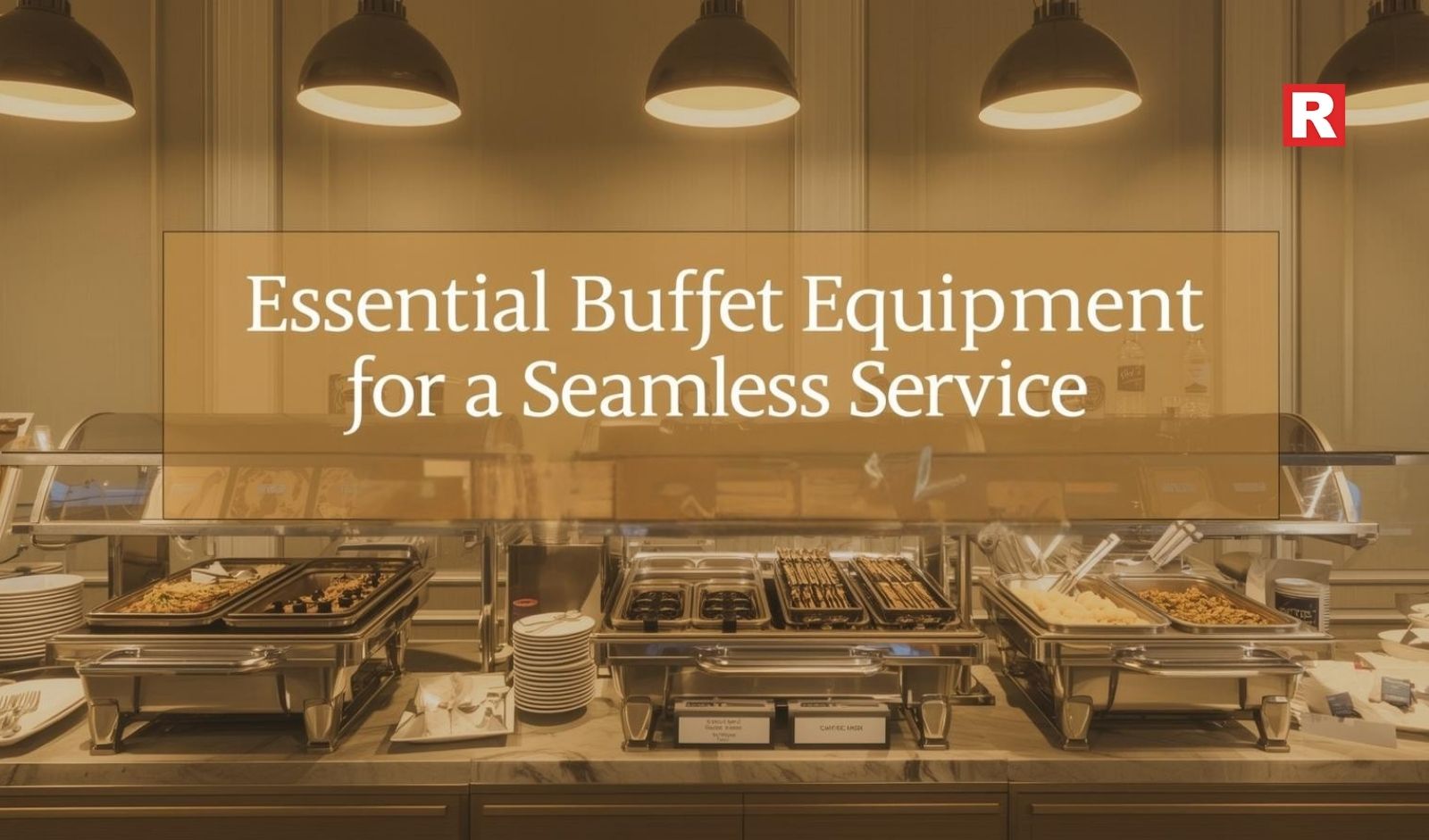
A successful buffet service is a monument to 'atithi devo bhava' (the guest is God) and a masterclass in operational skill and unmatched…

For far too long, Indian vegetarian cuisine has been seen narrowly in many restaurants, frequently restricting the dining experience to a few well-…
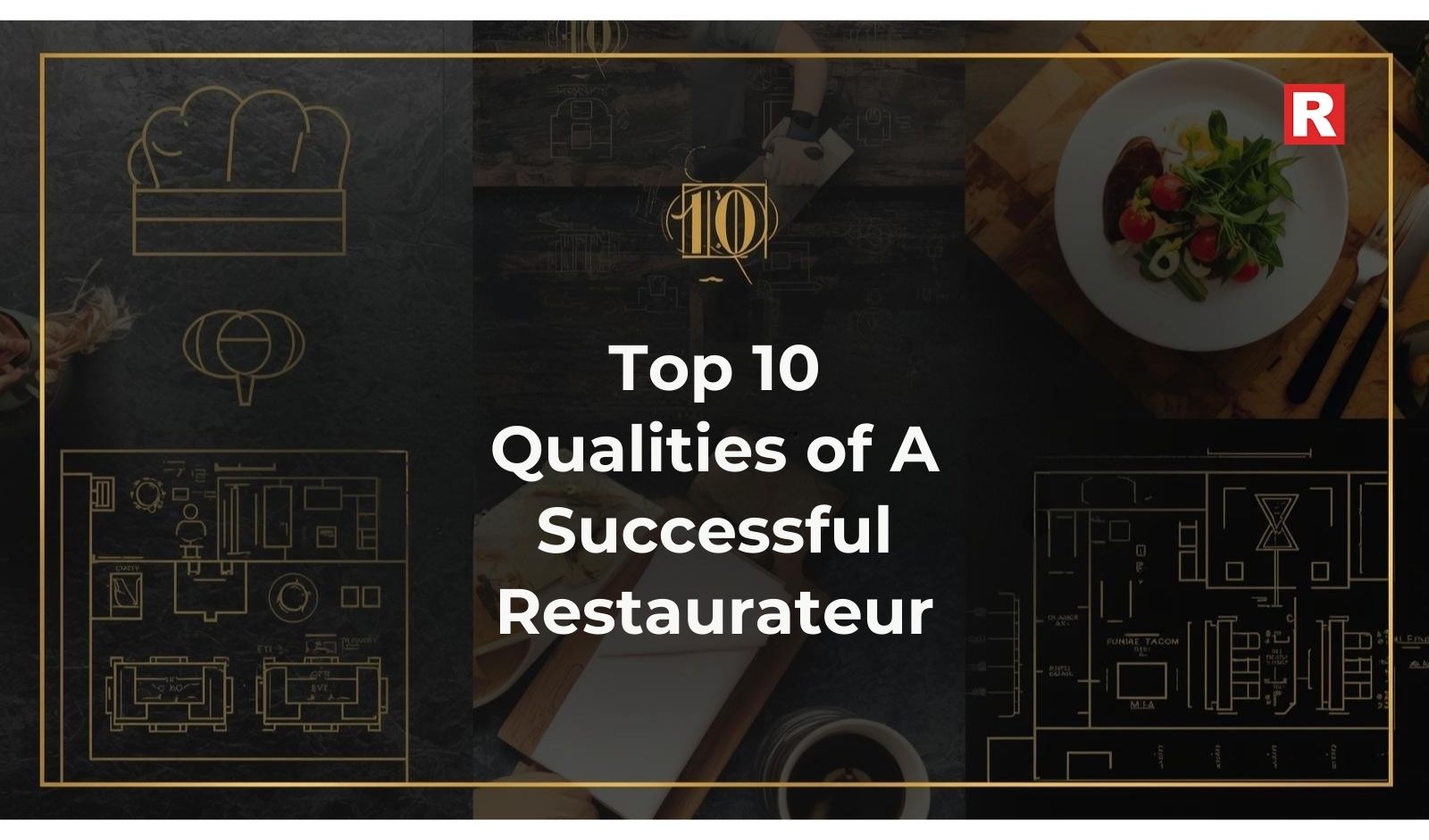
To be successful in the Indian restaurant industry, one needs a complex combination of dedication, enthusiasm, and an exceptional array of skills. It…

The preparation of this food begins when the chef picks up their knife. And a chef's knife is more than a tool. It's an extension of their…

When a theme is carried out well, a meal becomes an experience. It evokes feelings, tells a story, and provides customers with an excellent reason…
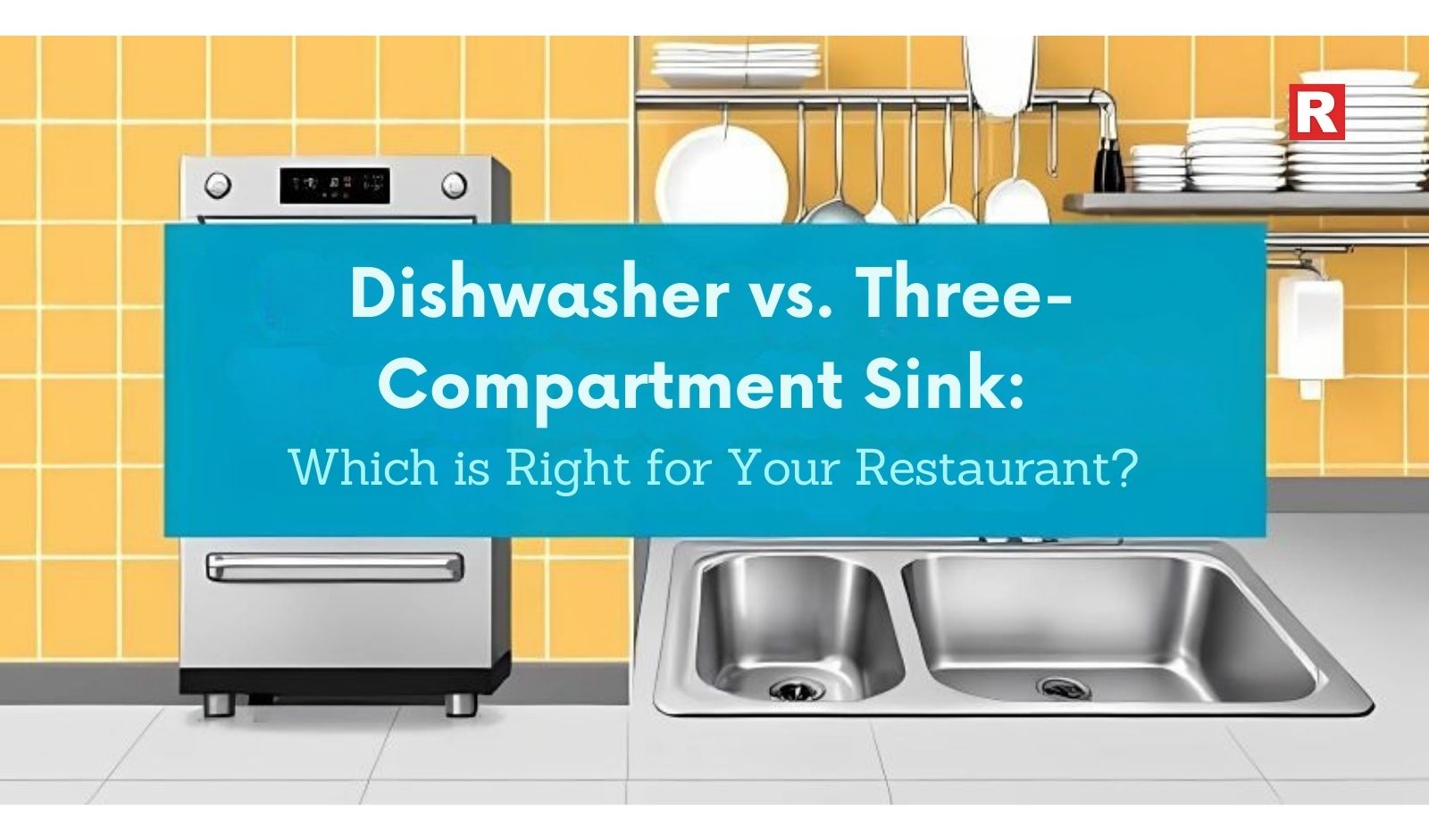
The simple three-compartment sink has been a kitchen staple for years, but modern dishwashers are becoming a strong challenger day by day. When…

Serving anything other than clean seafood in a restaurant, seafood market, or catering business can have serious consequences, ranging from unhappy…

As many restaurants are trying to make profits during festivals, you need a more strategic, creative approach that can outshine other restaurants and…

One of the most energy-intensive spaces in any business is the commercial kitchen of a restaurant. Its energy costs can even account for a big…
Copyright © 2009 - 2025 Restaurant India.









